
Telescope: Celestron C9.25 @ f/10, Orion Atlas EQ-G
Camera: QHY 168c, -20C
Filter: Orion Imaging Skyglow Filter
Guide scope: Astro-Tech 60mm, ASI290MM Mini, PHD2
Exposure: 30x120sec saved as FITS
Darks: 32x120sec saved as FITS
Flats: 64x10sec, LED tracing tablet
Average Light Pollution: Red zone, fair transparency
Lensed Sky Quality Meter: 18.6 mag/arc-sec^2
Stacking: Mean with a 2-sigma clip.
White Balance: Nebulosity Automatic
Software: SharpCap Pro, Deep Sky Stacker, Nebulosity, Photoshop
NGC 6229 is the 3rd globular cluster in Hercules along with the much larger and brighter M13 and M92. I found this little gem while star-hopping around Hercules northward towards Draco and it has become one of my favorite star-hopping destinations. Small and faint, NGC6229 is easy to locate once you’ve spotted the two 8th magnitude stars just to the right (west) of the cluster. The late spring and early summer sky hosts several beautiful globular clusters in a broad swath from Hercules in the north to across Bootes and Ophiuchus to the south, and on to Scorpio, and Sagittarius in the southeast. It is neat to hop from one to another to appreciate how different they can be from one another.
NGC 6229 is currently well placed in the northeast as twilight darkens and is visible for most of the night.
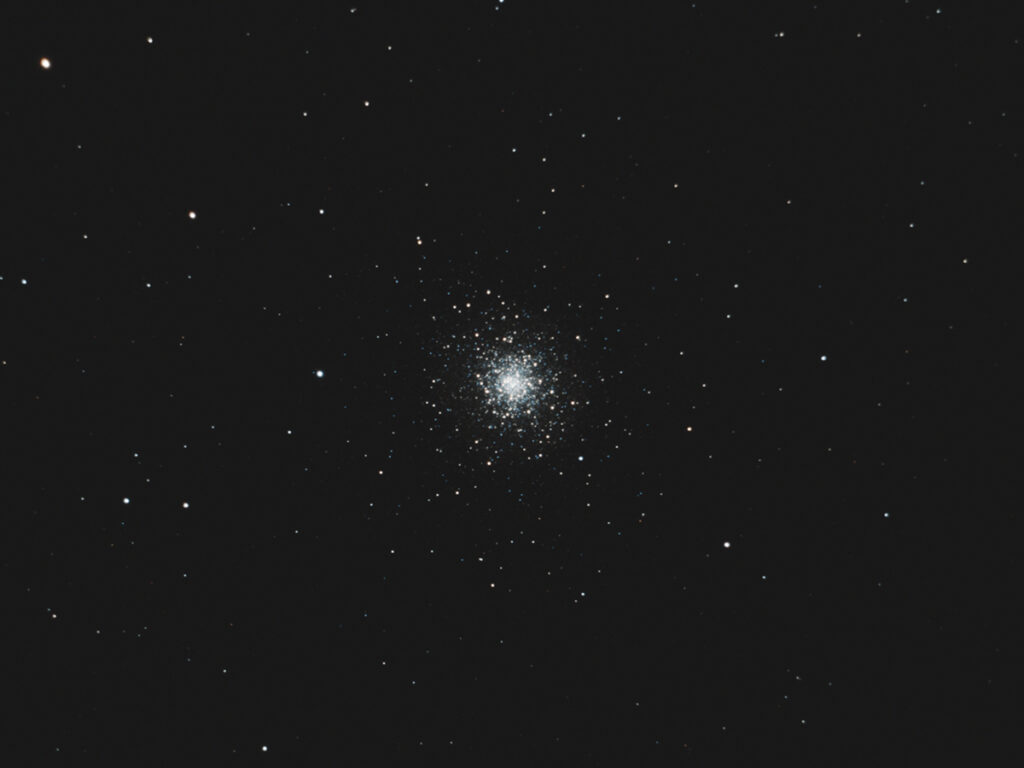
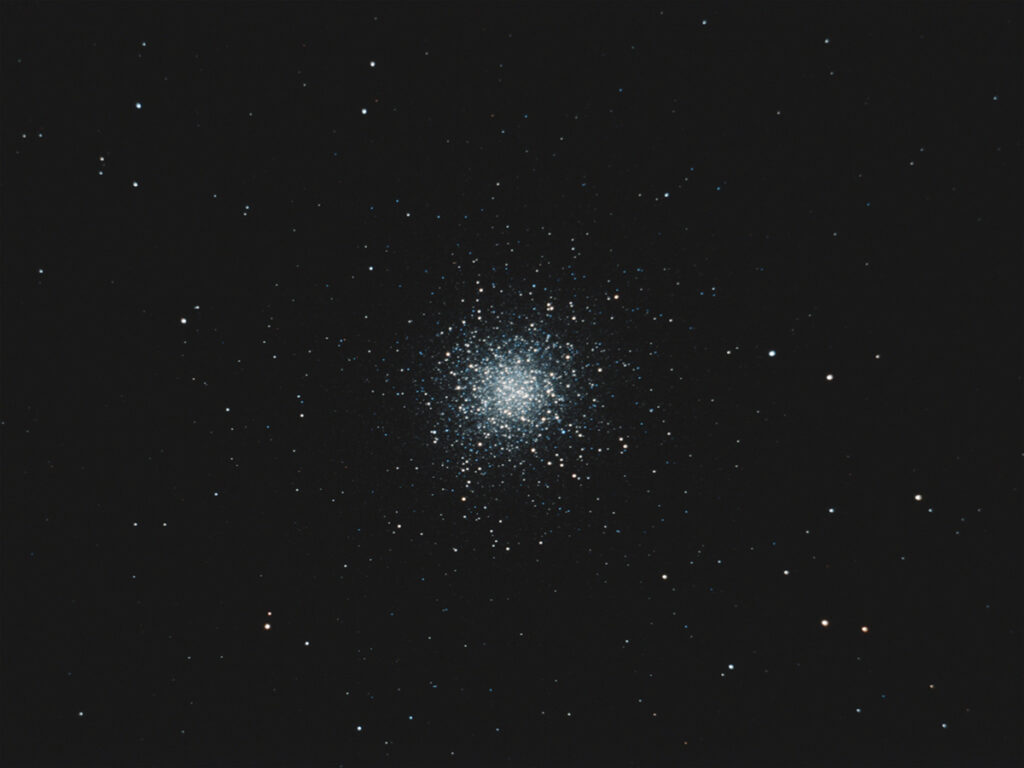


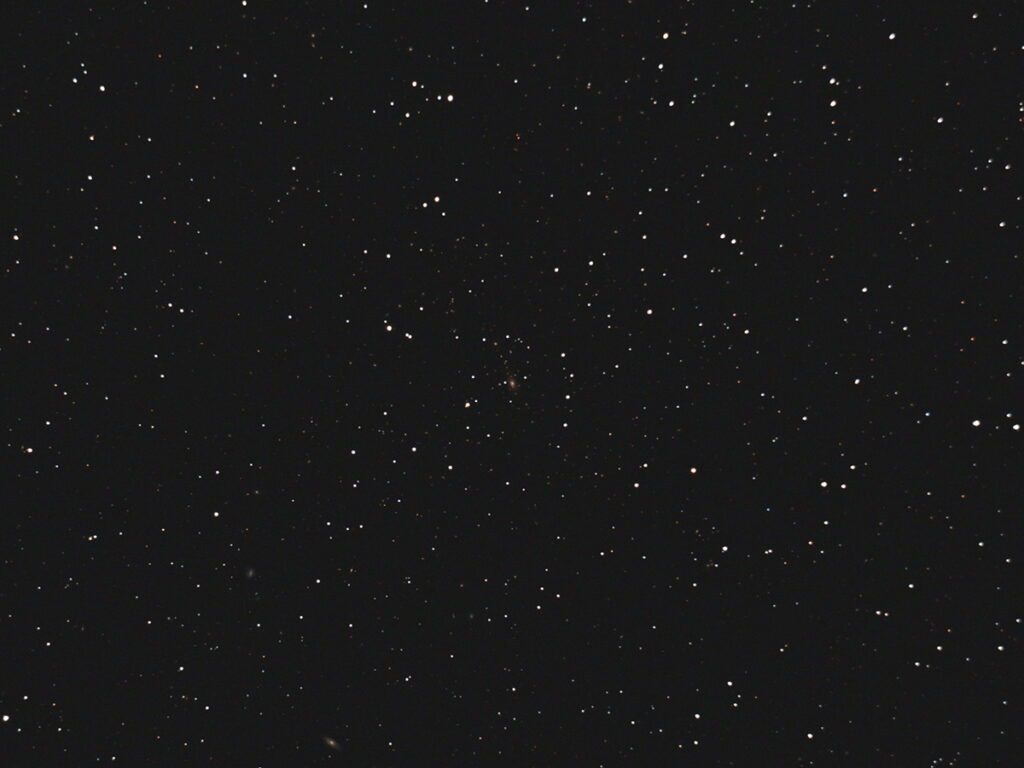
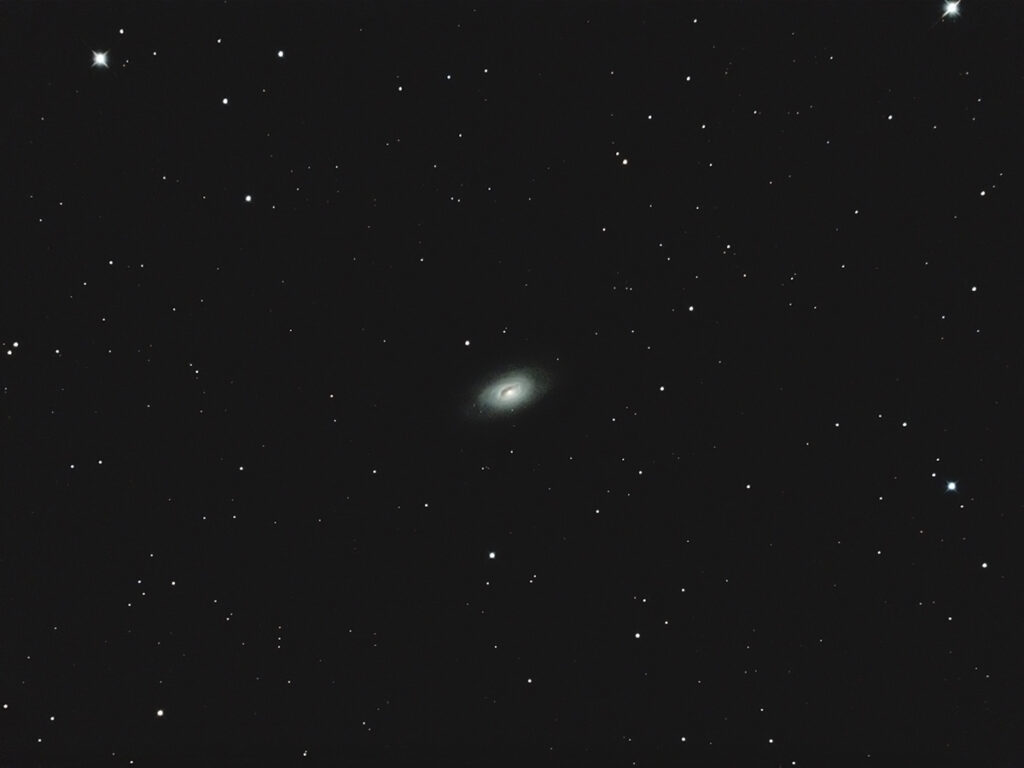
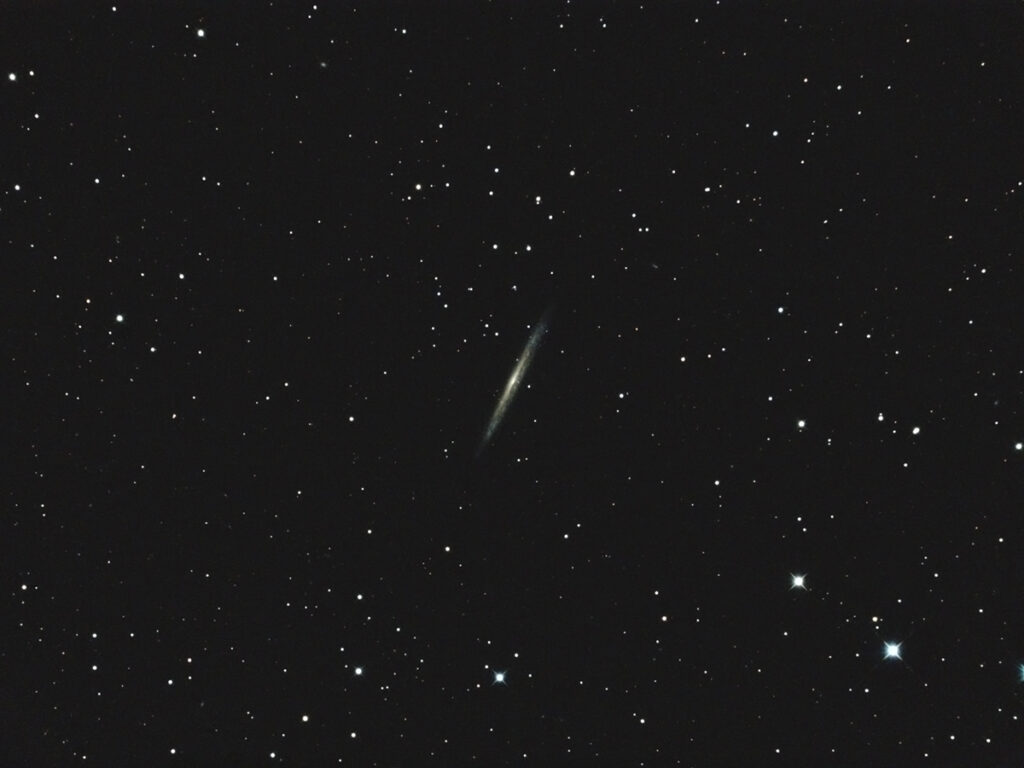
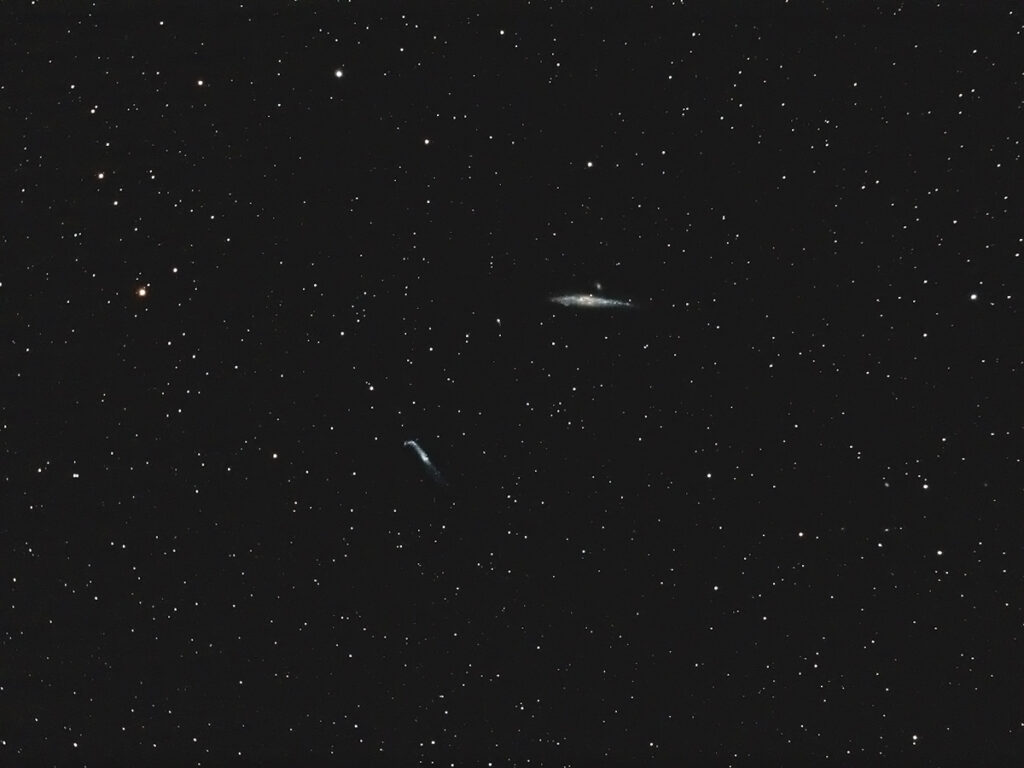
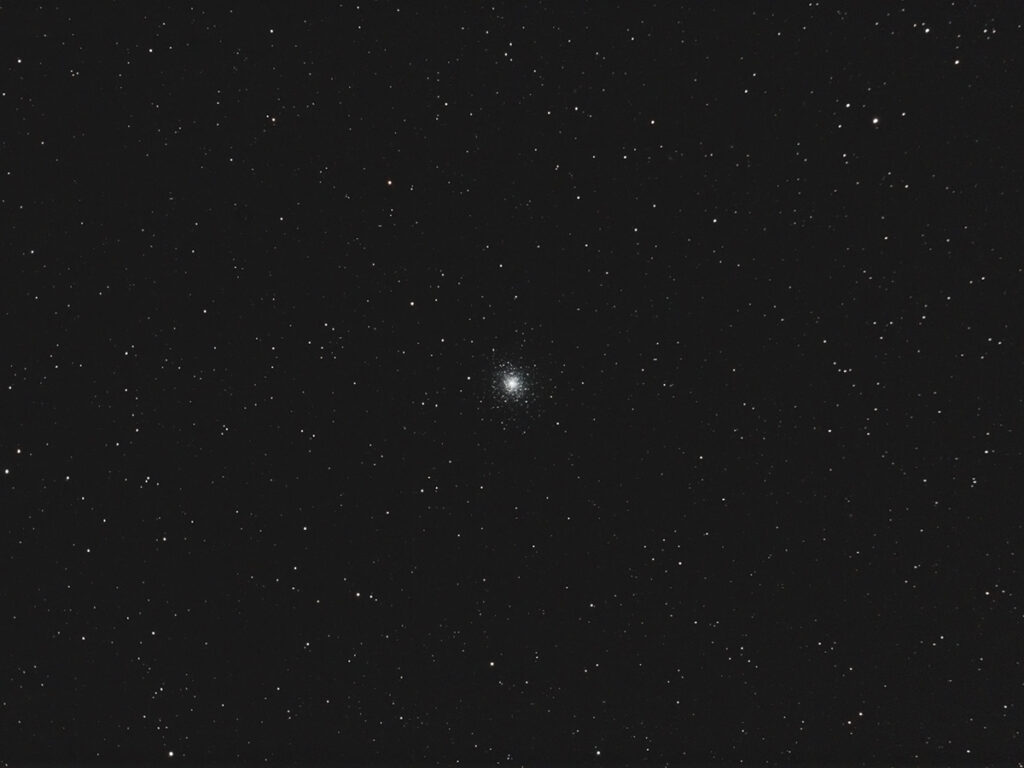
Recent Comments